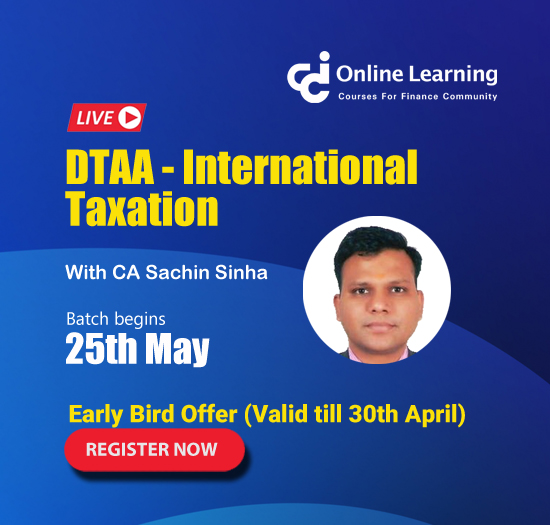It is another stamp of approval from the advance ruling system to say that packaged paratha will attract 18 per cent goods and services tax (GST) while chapati draws 5 per cent rate.
The Gujarat Appellate Authority for Advance Ruling (GAAAR) upheld the order by the GAAR in an application filed by Vadilal Industries.
Vadilal submitted that it produces eight varieties of parathas, including malabar, mixed vegetable and plain, and that the principal ingredient of all varieties is wheat flour. Hence, all these should draw the same rate as chapatis.
The company said that other ingredients like vegetables, onion, or methi are added only for taste and flavour, but otherwise the essential character of all the varieties of paratha is common and uniform.

However, GAAR held that parathas are not ready for consumption but require three-four minutes of cooking and that they are not akin to roti or chapati which are primarily wheat flour products. As such, the authority had ruled that parathas will come under another classification which attracts 18 per cent rate.
Vadilal then approached GAAAR. It argued that GAAR erred when it observed that plain chapatti or roti does not require processing before consumption. It argued that paratha, chapati or roti have to be heated for making them eatable.
It also said pizza bread draws five per cent GST while it is clear that it requires heating and cooking before consumption.
However, the appellate authority said different varieties of parathas supplied by the company include ingredients such as margarine, salt, emulsifying agent, milk, edible oil, sugar, bread improver, potato, green peas, cauliflower, carrot, coriander powder, spices, cardamom, clove, pomegranate seeds etc., depending upon the type of parathas apart from wheat flour and water.
Even plain paratha, apart from whole wheat flour and water, contains margarine, salt, emulsifying agent, edible vegetable oil and bread improver. Roti or chapati is consumed directly, but the parathas manufactured and supplied by the appellant require to be cooked before the same can be consumed, GAAAR said.
As such, it held that parathas are not the same as chapatis and need to be classified under the different heading which attract 18 per cent tax rate.
This is not the first dispute that went to an AAR. Since the GST system classifies food items based on the harmonised system of nomenclature (HSN) codes, various disputes have arisen on the exact placement of these products for determining the tax rates applicable to them.
There have been litigations over the GST rates on cheese balls, Fryums, flavored milk, Appy Fizz, rava idli mix, and other items.




 CAclubindia
CAclubindia

